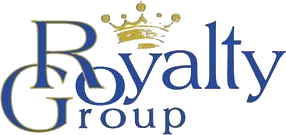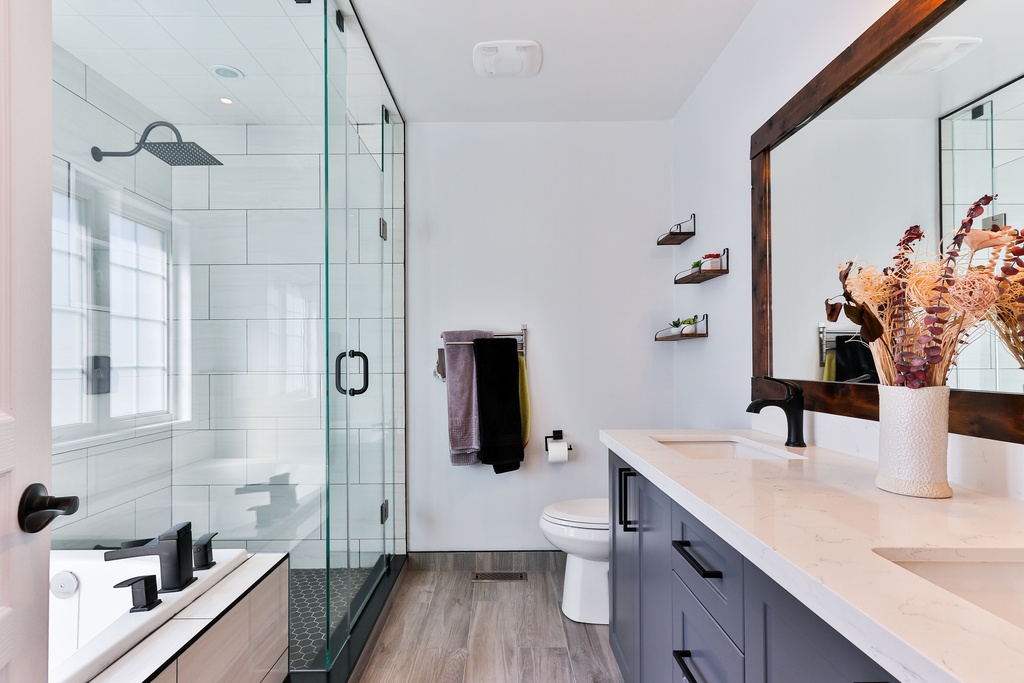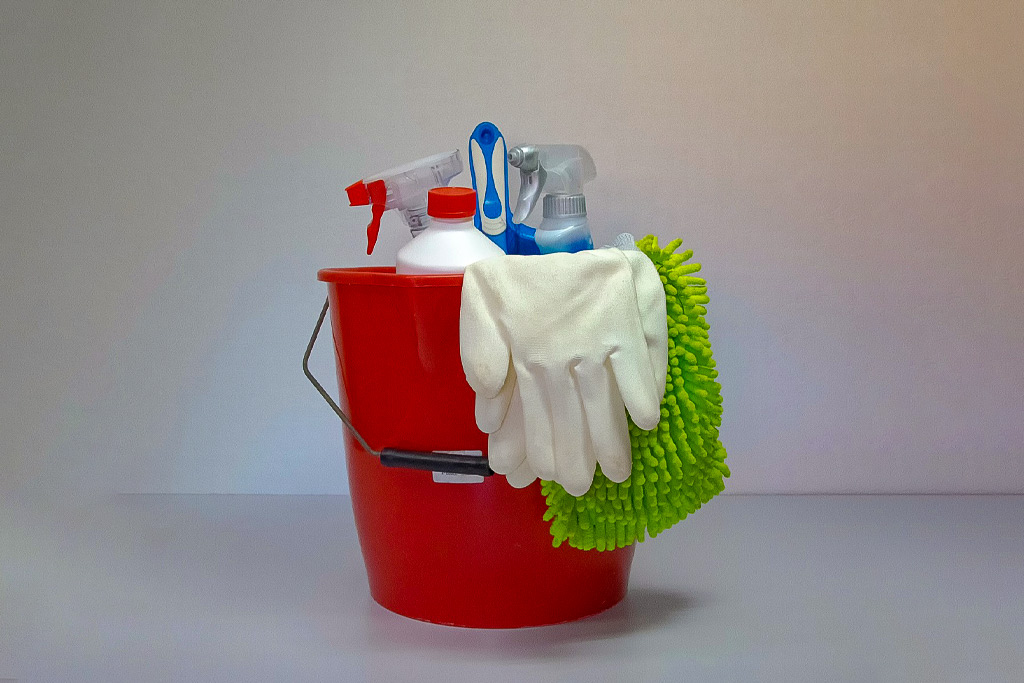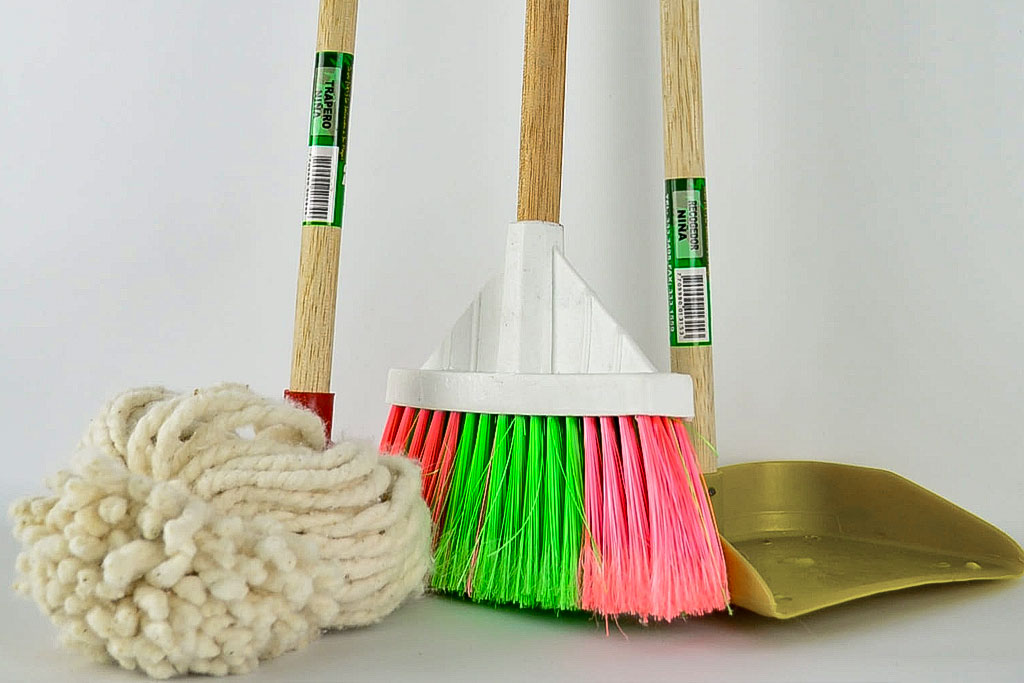Why Correct Storage of Cleaning Equipment is Vital?
To work safely, cleaners must understand best practice when it comes to storing the equipment and materials that they use every day. A failure to do so, presents a range of hazards:
-
Bacteria & Cross-contamination
A poorly managed workplace is a breeding ground for germs and harmful bacteria. Cleaners work with a wide range of tools and equipment and in a variety of settings. To stop the propagation and spread of disease-causing bacteria and virus, cleaners must understand how to clean, neutralize, disinfect, and store cleaning equipment and materials. -
Hazardous Substances
Cleaning agents are hazardous substances. The most common risks are due to these substances meeting the eyes or skin, being breathed in, or being swallowed. Corrosive chemicals can cause skin and eye burns if splashed on the body. They can also create dermatitis or other skin problems.
If hazardous substances are mishandled, accidentally mixed, disposed of incorrectly, or stored incorrectly, potentially fatal toxic fumes are generated. Training on the correct storage of cleaning equipment is necessary to ensure this does not happen.
It has been estimated that around 13,000 deaths per year in the UK are due to past exposure to chemicals and dust at work, according to the Health and Safety Executive. Both of which are commonplace in the cleaning industry. -
Risks to the Clients & the Public
Cleaners work in public locations and/or in the premises of clients, such as office buildings, campuses, and other work areas. This means that equipment, tools, and chemical agents must be prepared, used, disassembled, and stored on these sites. Failure to correctly understand procedures for cleaning storage puts people and property at risk.Safe storage of cleaning equipment and materials will also prevent access and egress hazards to clients or the public. For instance, blocked entryways which prevent others using the location from entering or exiting.
Other Hazards
Other hazards that the incorrect storage of cleaning tools and materials can create include:
- Manual handling – for instance, heavy items placed improperly
- Falling items – for instance, items stacked incorrectly
- Slips and trips – for instance, items placed on the floor in the way
- Electrical hazards – for instance, a failure to follow a portable appliance testing regime
‹ Back





